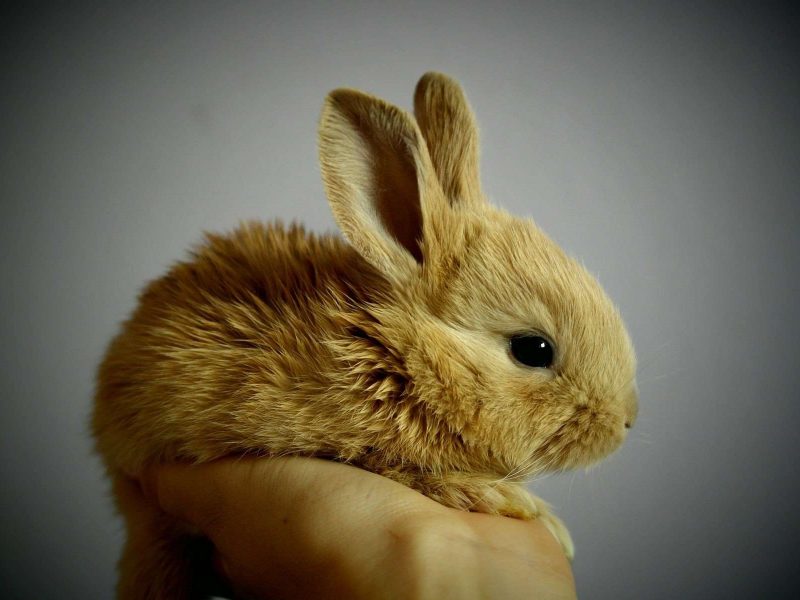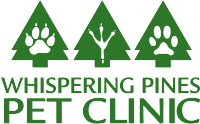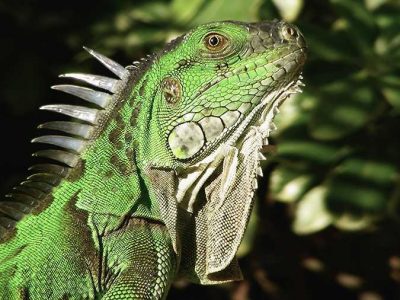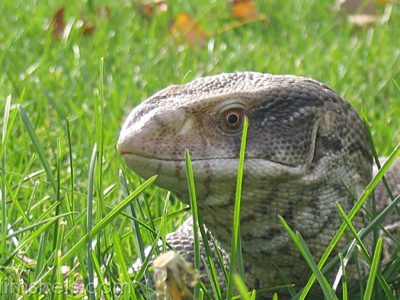
Domestic rabbits are lovely pets; house and feed them properly, and watch out for these diseases.
Housing for Pet Rabbits
There are many different types of cages in which rabbit owners keep their pets. The type of cage is relatively unimportant, as long as there are no sharp edges or toxic substances (such as zinc galvanizing; rabbits will chew their cages and ingest whatever they chew off); the more important factor is the bedding material. Good materials include grass hay (since they can also eat it), pelleted cellulose or recycled newspaper, hardwood chips or shavings (as dust-free as possible) and shredded paper. Carpeting should not be used because the rabbit will eat it. Cedar or pine shavings should not be used because they contain oils which may be irritating. The cage should be kept in a well ventilated area and cleaned regularly. The rabbit should be kept cool in the summer, as it may easily become overheated.
Many owners let their rabbits have the run of the house or certain rooms. This should be done only under supervision, since rabbits like to chew furniture, walls, carpets and electrical cords. Aside from the property damage they can do, they can ingest foreign bodies (such as carpet fibers) or toxins (lead paint in older houses), and they can electrocute themselves or cause fires by chewing on cords.
Nutrition
Nutritional problems are common in domestic rabbits. This is mostly due to the fact that the commonly fed rabbit pellets were developed for production (meat) rabbits, to get them to grow as quickly as possible. They were not made to feed rabbits for years, so the long term effects of the high protein, low fiber diet were not known or were ignored. As well as predisposing the rabbit to obesity, these diets do not stimulate motility in the gastrointestinal system very well so they also predispose the rabbit to “hairballs.”
To prevent these problems, a high fiber (18-24%), low protein (14-17%) pellet should be fed at a rate of 1/4 cup per 5 pounds body weight, divided into two meals daily. The rabbit should be provided with free choice grass hay or timothy hay (not alfalfa– it is too high in protein) and supplemented with dark green leafy vegetables (such as kale or mustard greens), other vegetables such as broccoli and small amounts of fresh fruits. Switch to this type of diet gradually over one or two weeks to avoid upsetting the rabbit’s stomach.
Common Diseases
- Pasteurellosis, or “snuffles”: This disease is caused by a bacteria which is a normal resident of the respiratory tract of almost all rabbits. If the rabbit’s immune system is not functioning up to par, the bacteria can overgrow and cause infections in the sinuses, nose, eyes, or lungs. A white discharge is usually seen from the nose and/or eyes, and the rabbit will cough, sneeze or snuffle. Occasionally the infection will extend into the middle or inner ear and cause balance problems, circling and/or a head tilt. Pasteurella multocida is also the causative organism in most rabbit abscesses. Long term antibiotics are usually necessary to treat Pasteurellosis.
- Abscesses: Rabbits are prone to abscesses, or infections under the skin. These are usually caused when something penetrates the skin and introduces the bacteria, such as cat’s claws or teeth. They may be caused by tooth infections as well.
- “Hairballs”: Refers to hair in the stomach. This condition is rarely solely caused by ingestion of hair; rather it is caused by an inability of the intestines to move the food through the digestive tract. The main reason for a decrease in intestinal motility is a diet too high in protein and too low in fiber. The affected rabbit usually shows lethargy and anorexia (not eating). The diagnosis is reached by palpation or X-rays with or without barium for contrast. This affliction usually can be treated medically, but sometimes surgery is required. As with many other diseases, the best treatment is prevention.
- Overgrown Teeth: Rabbits’ teeth grow for their entire life, and opposite teeth grind each other down. If a rabbit’s teeth do not line up correctly, they will tend to grow “spurs” or sharp points where they are not contacting the opposing teeth, or, if they are incisors, they will tend to grow in curves and eventually through the lip. These rabbits will require periodic “floating” of the teeth, which entails cutting off the spurs or excess incisor material.
- Fur Mites: Also called “walking dandruff,” these mites can be seen with the naked eye. The mites are Cheyletiella species and may cause itchy bites on humans. They may cause scaling or itching on rabbits as well but sometimes do not cause any problems at all.
Resources
Learn more about rabbits at the House Rabbit Society
References
Carpenter, James, TY Mashima, EJ Gentz and L Harrenstien. Caring for Rabbits: An Overview and Formulary. Veterinary Medicine, April 1995. Pp. 340-364.
Gentz, Edward, L Harrenstien and J Carpenter. Dealing with Gastrointestinal, Genitourinary and Musculoskeletal Problems in Rabbits. Veterinary Medicine, April 1995. Pp. 365-372.
Harrenstien, Lisa, EJ Gentz and J Carpenter. How to Handle Respiratory, Ophthalmic, Neurologic and Dermatologic Problems in Rabbits. Veterinary Medicine, April 1995. Pp. 373-380.
Jenkins, Jeffrey and Susan Brown. A Practitioner’s Guide to Rabbits and Ferrets. AAHA Professional Library Series. 1993. Pp. 1-42.



